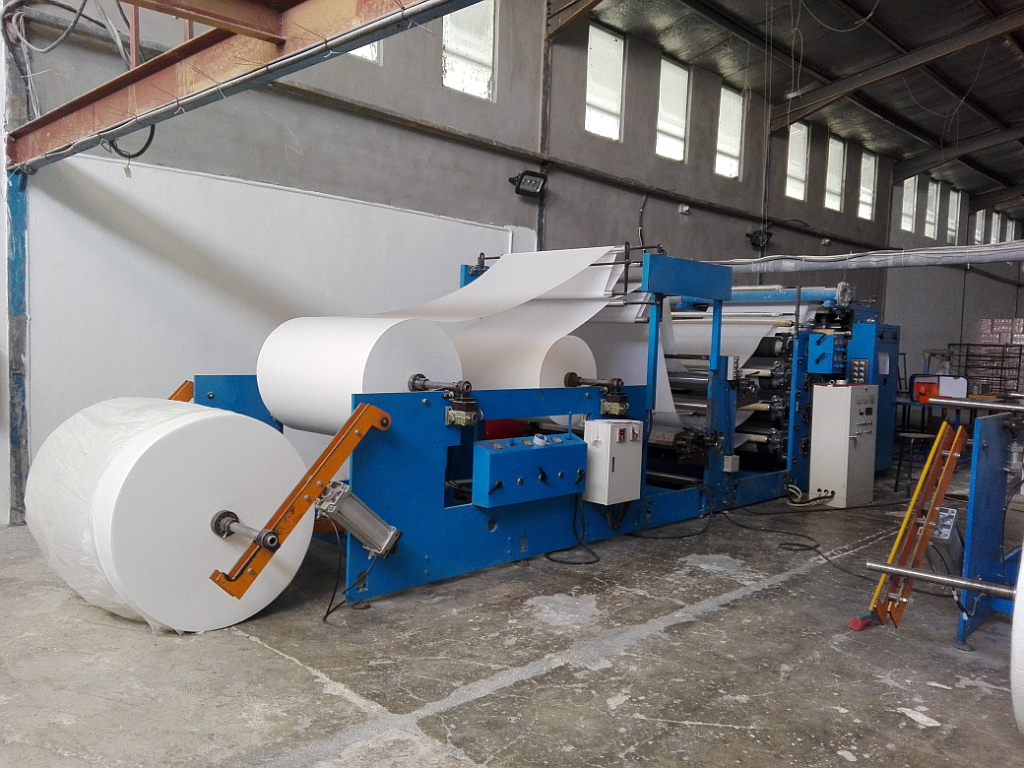Paper Gaskets: Uses and Benefits

A gasket is, simply put, a seal designed to fit between two or more surfaces, commonly two pieces of piping. When it’s in place, the gasket will prevent leakage as it’s compressed. The different pressures and forces that the gasket will be put under require it to be able to change shape and fill tight spaces. This means that a measure of flexibility is required.
Gaskets can be made from different materials to suit different needs. They may be metallic, non-metallic, or semi-metallic. When fitting a gasket, it’s vital to ensure that it is designed for the job. If a gasket fails, then the high pressure that it’s under means that a leak can quickly turn into an expensive and dangerous disaster.
What is a paper gasket?
Paper gaskets are sometimes known as gasket sheets or gasket paper. Despite the name, the paper gasket is never made of paper as we know it. Rather, it takes the form of a large piece of sheeting made from silicone rubber, nitrile, cork, or some other robust and flexible material.
Table of Contents
What Paper Gaskets Are Used For
When you break it down, a gasket is simply a small part cut out of some sheet material, which is the aforementioned gasket sheet. Usually, it’s cut into the recognisable o-ring shape, but it may be cut into different shapes depending on where it will end up.
The gasket needs to be robust and flexible enough to handle the different forces and environments that it will be subjected to. It also needs to be able to cope with corrosive chemicals, heat, or acid. It should do all of this while maintaining a tight seal so that no liquid can escape.
The material used is usually non-reactive, so it can survive in these environments. Most paper gaskets are made with silicone rubber because it’s stable, long-lasting, and exceptionally flexible. This makes it ideal for many purposes.
Paper gaskets can be found in a variety of different types of materials and different thicknesses. Gaskets are used in all kinds of applications, including vehicles, boilers, pipes, and chemical processing. The ideal choice is situational, depending on the purpose of the gasket and the type of environment it will be used in.
Simply put, the quality of the eventual gasket depends on the quality of the gasket sheeting, which is why it’s so important to make sure that you get the right option. If a gasket fails, then it can have disastrous effects.
Benefits of Paper Gaskets
As mentioned above, the quality of the gasket depends on the quality of the sheeting. So the first benefit of paper gaskets is that you can more easily determine the quality of the end product and, with your application in mind, find the ideal material and thickness for your needs.
This saves you from getting an inferior product, the wrong material, or spending too much on an unnecessarily thick or high-quality gasket. Rather, you can focus on getting something that will fit your needs and last as long as you need it to.
You can even find paper gaskets in different colours, which can improve safety and aesthetics alike. Different colours help workers to immediately identify a gasket so that they know what to expect.
Paper gaskets are also very versatile. While the most common shape cut out is the o-shape gasket, you can easily cut out different shapes to best suit your purposes. In some cases, you can even design unique gaskets to perfectly fit into an unusual situation.
Finding this shape may be difficult or expensive, so a custom gasket can be the ideal solution. After all, if a gasket is the wrong size or shape for the task, then it can’t create that all-important seal.
With gaskets produced in this way, you can get a high-quality product more cheaply and easily than otherwise. They can be cut into bespoke sizes and shapes so that they can completely and perfectly seal a pipe, with no chance of a leak.
Metallic gaskets aren’t produced in this way. While metallic gaskets are strong enough to withstand extreme pressure, they don’t have the same flexibility as silicone rubber or other materials used for paper gaskets.
This means that metallic gaskets aren’t suitable for every application. In some situations, a metallic gasket will react with the liquid being transported. In other cases, the pressure will vary, which means that the gasket needs to be able to change shape to keep the seal intact. In these situations, a paper gasket is preferable.
Related articles
If you need any help or advice simply give us a call or fill in the enquiry form and one of our technical team will help you out.
